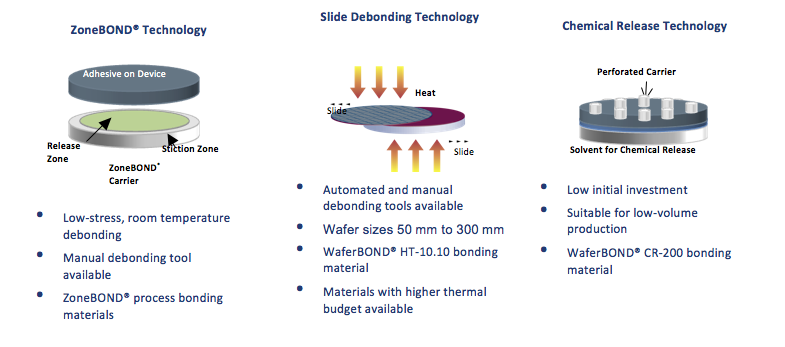Brewer Science is headed to the CS ManTech conference May 18 through 21! CS ManTech is a respected organization focused on providing a forum for members of the compound semiconductor community to exchange and discuss new ideas. At this year's conference, we’re excited to share our findings regarding the ability of glass to be used as a non-traditional substrate in temporary bonding.
We’ve worked closely with Corning to develop a carrier substrate technology that provides a lower cost of ownership, is compatible with different debonding technologies, and increases performance. All results pointed toward glass being the best carrier technology option.
How can glass survive rigorous back-end processes?
Using glass materials provides the ability to adjust their coefficients of thermal expansion (CTEs) to match those of different device substrates. This ability further expands the possibilities to reduce cost and accommodate increased production. Matching the CTE of a glass carrier to that of a device substrate allows for uniform expansion of the glass carrier and device wafer during back-end processing. The bonded pair can then undergo more technical and arduous back-end processing without affecting production efficiency. Additional benefits of using a glass carrier include:- No pre-treatment
- Flexibility in post-thinning processes
- Less stress
- Increased performance
- Low cost of ownership
- More stability during transport
Join us at CS ManTech 2015 to learn more about our research and to share ideas. You can also contact Brewer Science to help advance your production process with the latest trends and technology in the industry.




Subscribe to Our Blog